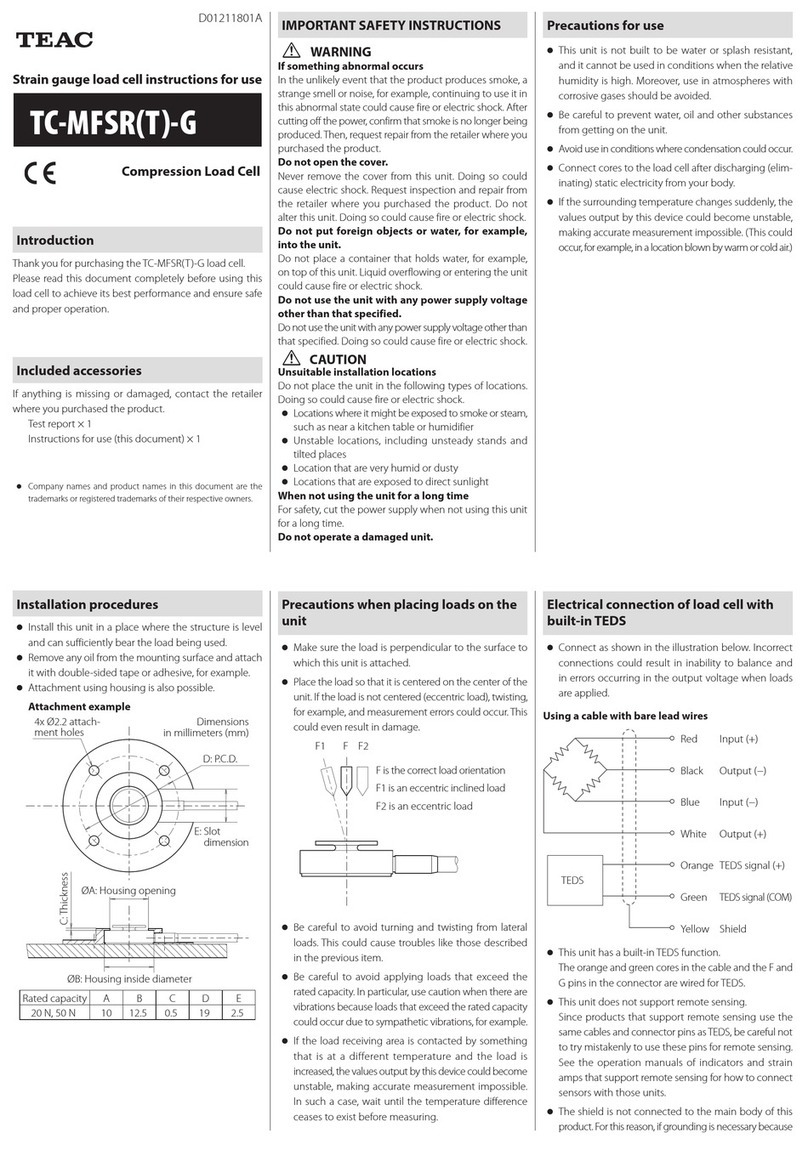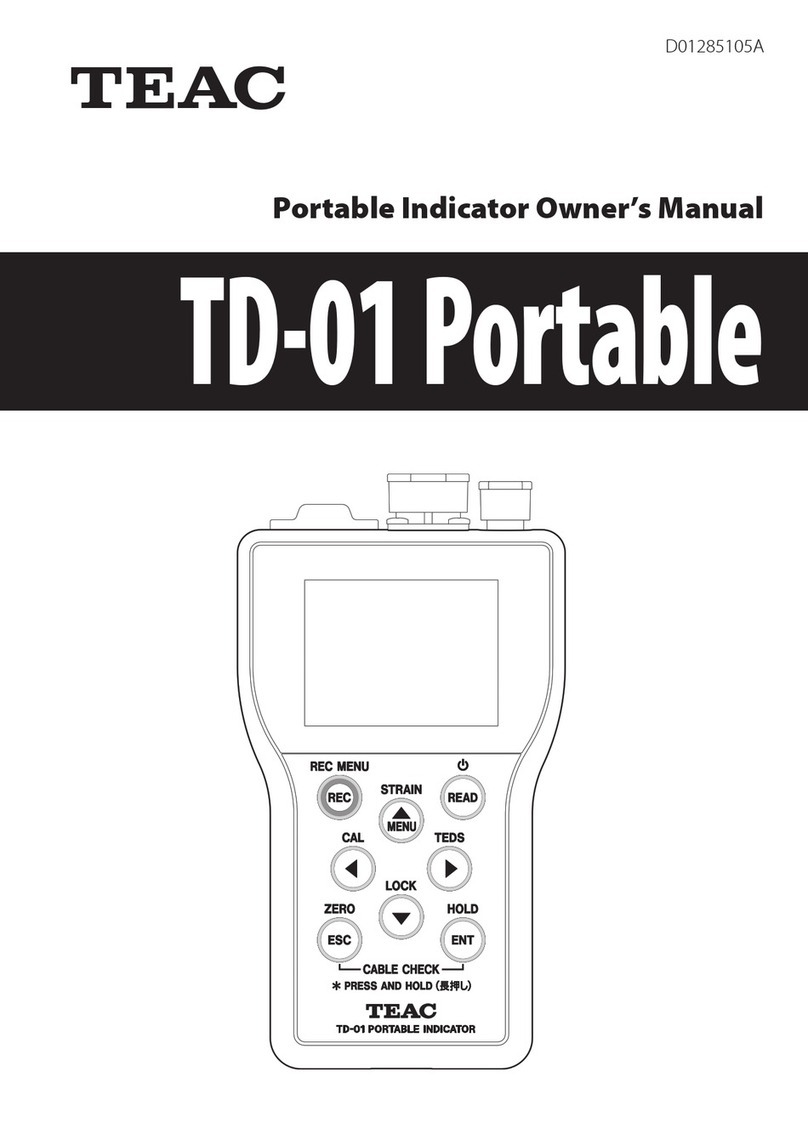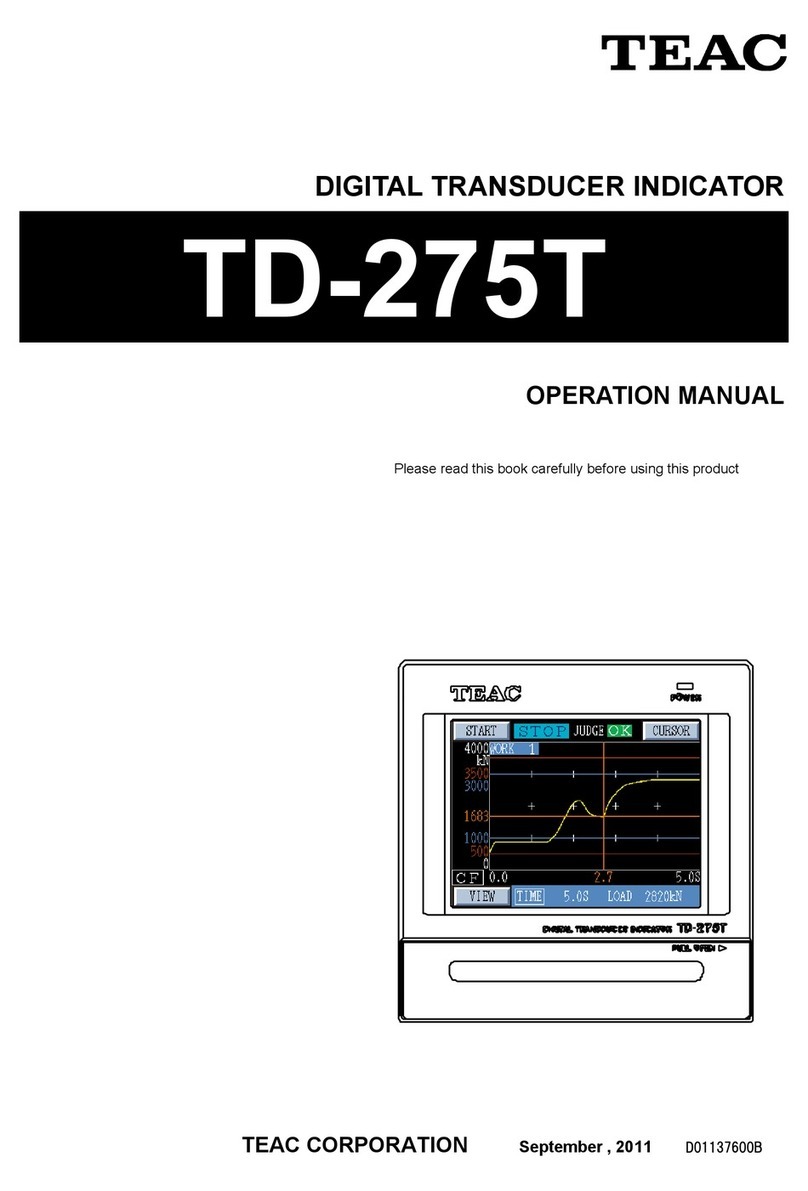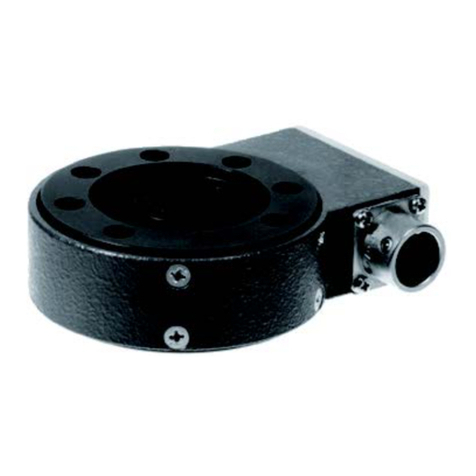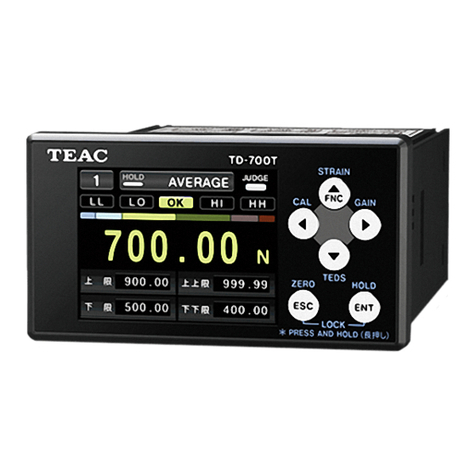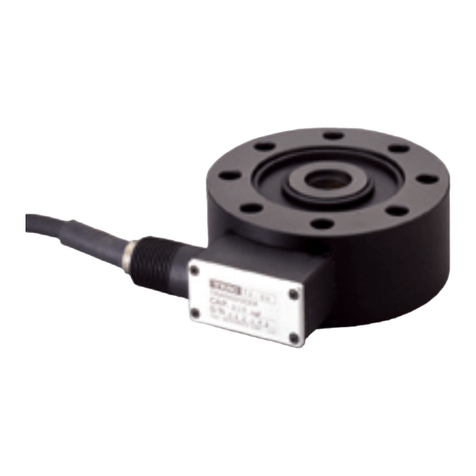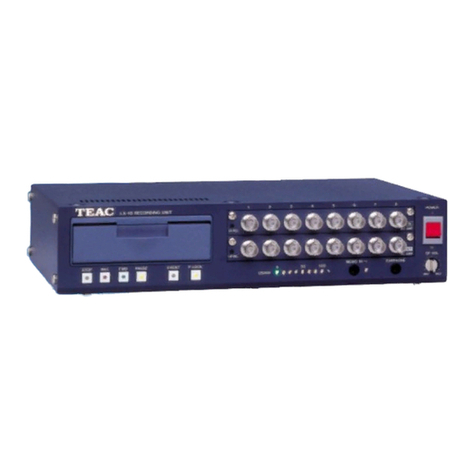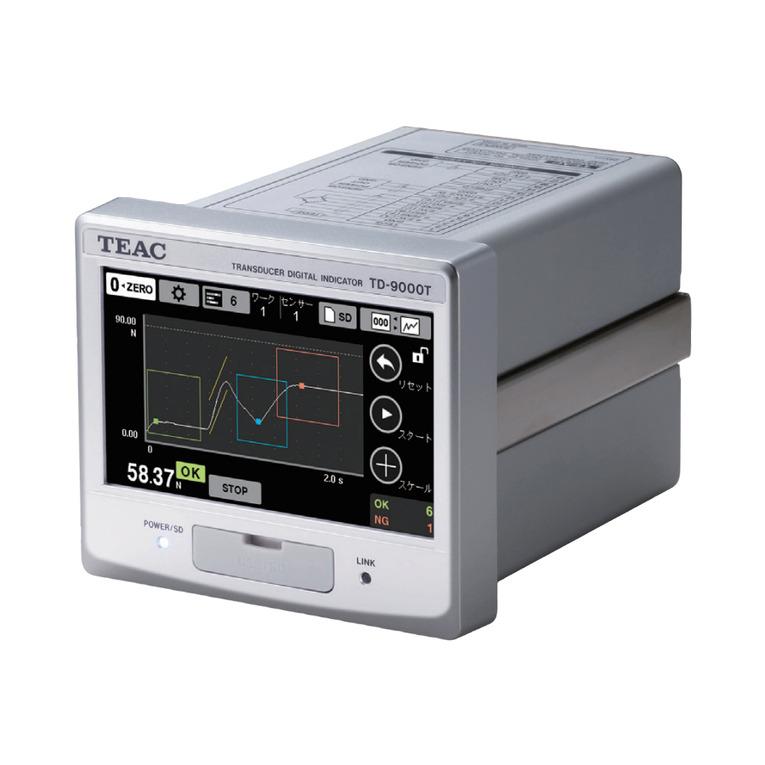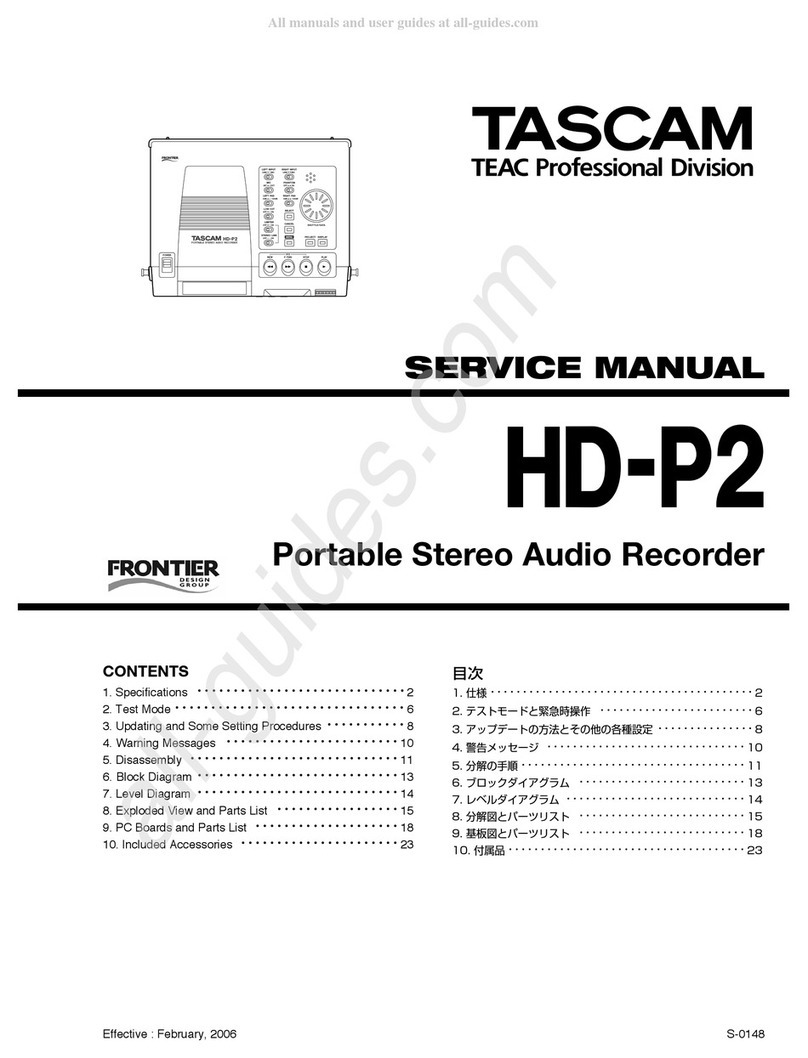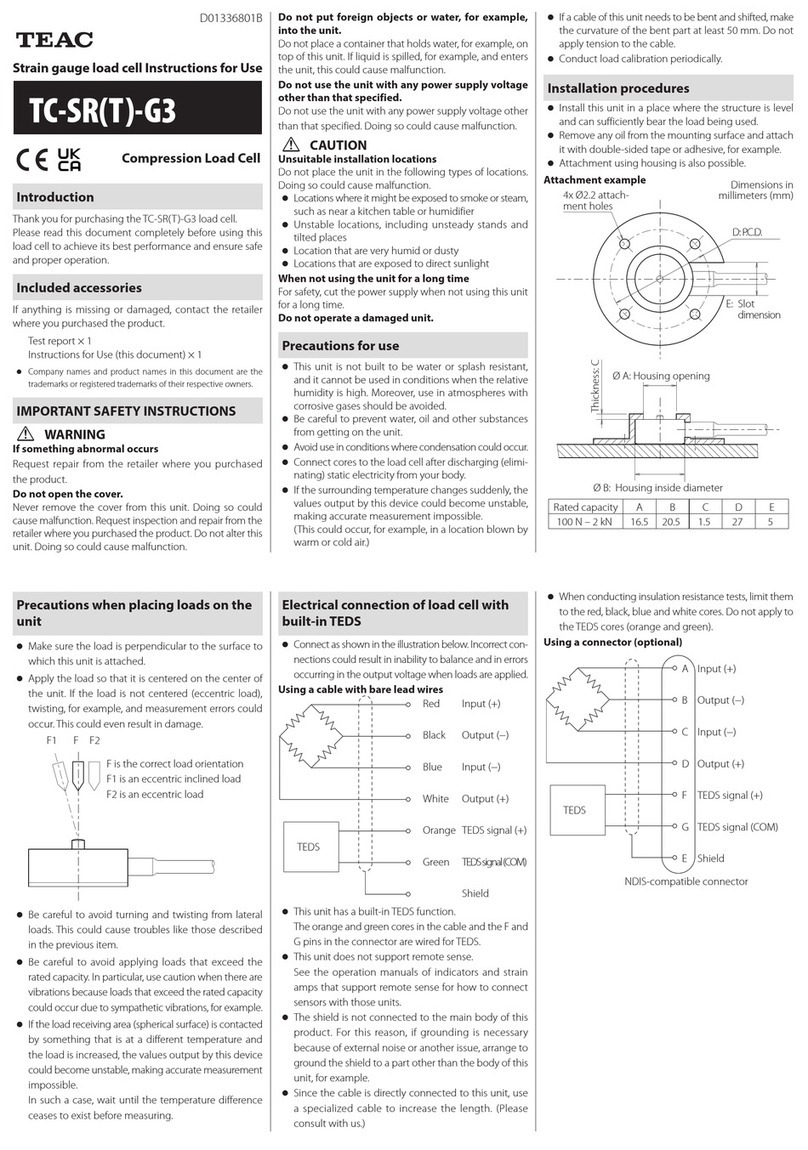
- 2 -
For Your Safety
This document describes the safety instructions for the operation of the TD-280T. Before operating the product,
read this document carefully to familiarize yourself with the product.
Warning
Follow the instructions below to avoid risk of serious personal injury and death.
Never use beyond the rated specifications as there is a danger of property damage, injury, fire or electrical shock.
Never use in flammable gaseous environments including the following locations as there is a danger of explosion.
•Locations subject to corrosive or flammable gases
•Locations subject to water, oil or chemical splash
If the product malfunctions (any smoke, odor or noise is present), stop operating the product immediately and unplug
the power cord as there is a danger of fire or electrical shock.
Never attempt to disassemble the product.
Carefully check connections and wiring before applying power.
Be sure to ground the product (with ground resistance of 100 Ωor less).
The electric shock protection class of this product is Class I. The product must be grounded to the protective ground
terminal for protection against electric shock.
To allow the operator to immediately shut off the power to the product, install a switch or circuit breaker that complies
with both IEC60947-1 and IEC60947-3 requirements near the product. The switch or breaker installed must also
indicate that it functions to shut off the power to the TD-280T.
Double insulation or reinforced insulation must be provided between the TD-280T and an external device connected to
it and between the external device and its power source.
Caution
Follow the instructions below to avoid risk of personal injury or property damage.
Disconnect the power cord when performing the following.
•Attaching or detaching optional connectors
•Wiring or connecting cables to terminal blocks
•Connecting the ground line
Wait for at least five seconds between turning on and off.
Never touch the rear panel or connectors while the product is turned on.
When connecting to the signal I/O connector, check the signal name and the pin assignment to prevent a false
connection. Be sure to shut off the power to the product as well when making a connection.
Use a shielded cable when connecting to a load-cell, external I/O or option.
Take adequate measures when operating in the following locations.
•Near a power line
•Where a strong electric or magnetic field is present
•Where static electricity or noise such as from a relay is generated
Do not install under the following environments.
•Locations subject to temperatures exceeding the specified temperature and humidity ranges
•Locations with high salt or iron content
•Locations under direct vibration or shock
•Outdoor, or locations with an altitude of higher than 2,000 m
Do not operate a damaged unit.
The TD-280T is classified as an open-type (built-in) device and must be installed inside a control panel.
If the top cover and the panel are dirty, wipe them with a soft cloth lightly dampened with a solution of a neutral
detergent and water, and then wipe them again with a damp, well wrung-out cloth. DO NOT use a chemically treated
dust cloth, paint thinner, or other flammable solvents. Using any of them could damage the coating of the product.
If the product is used in a manner unintended by the manufacturer, the product safety may be adversely affected.
